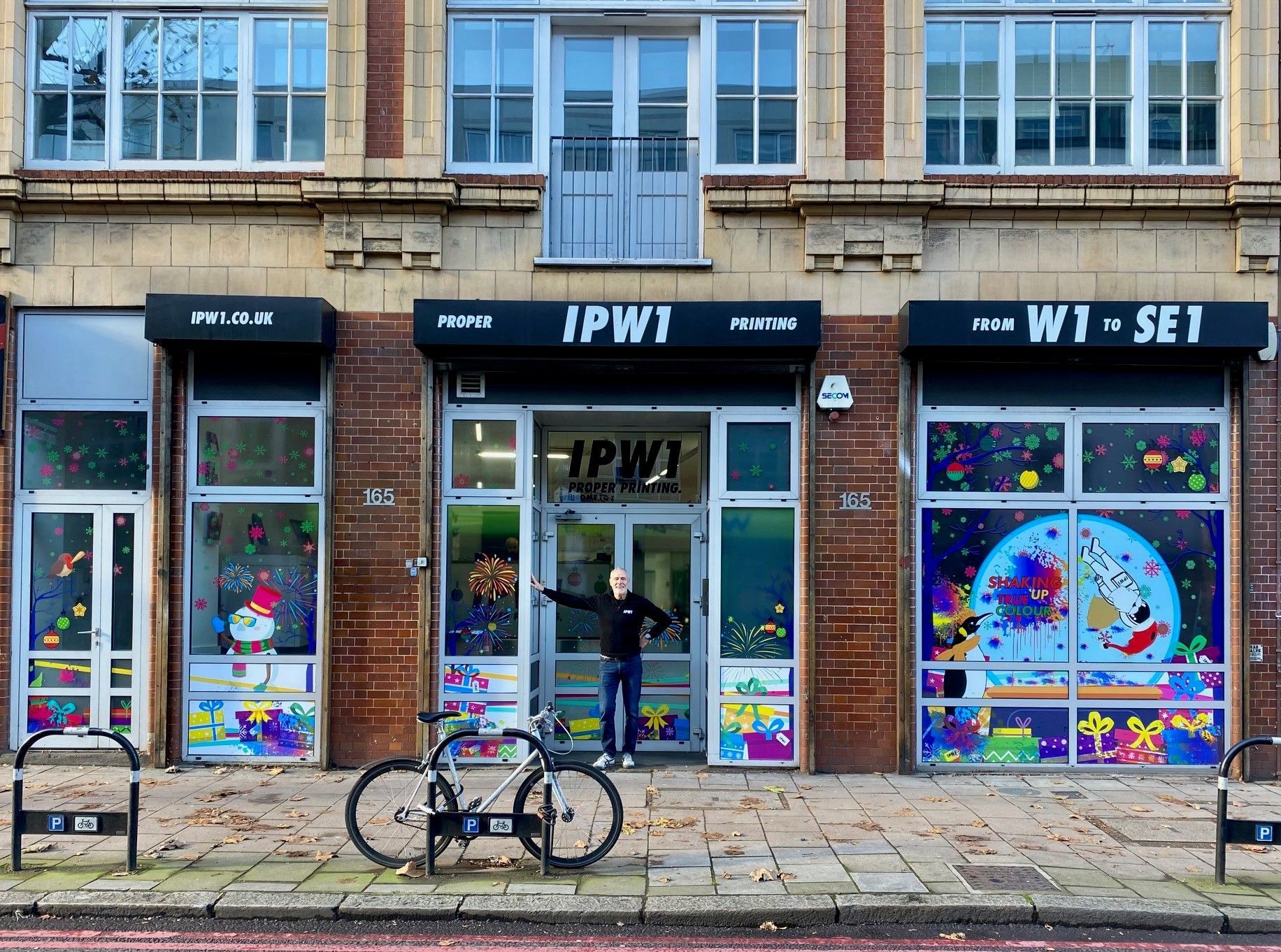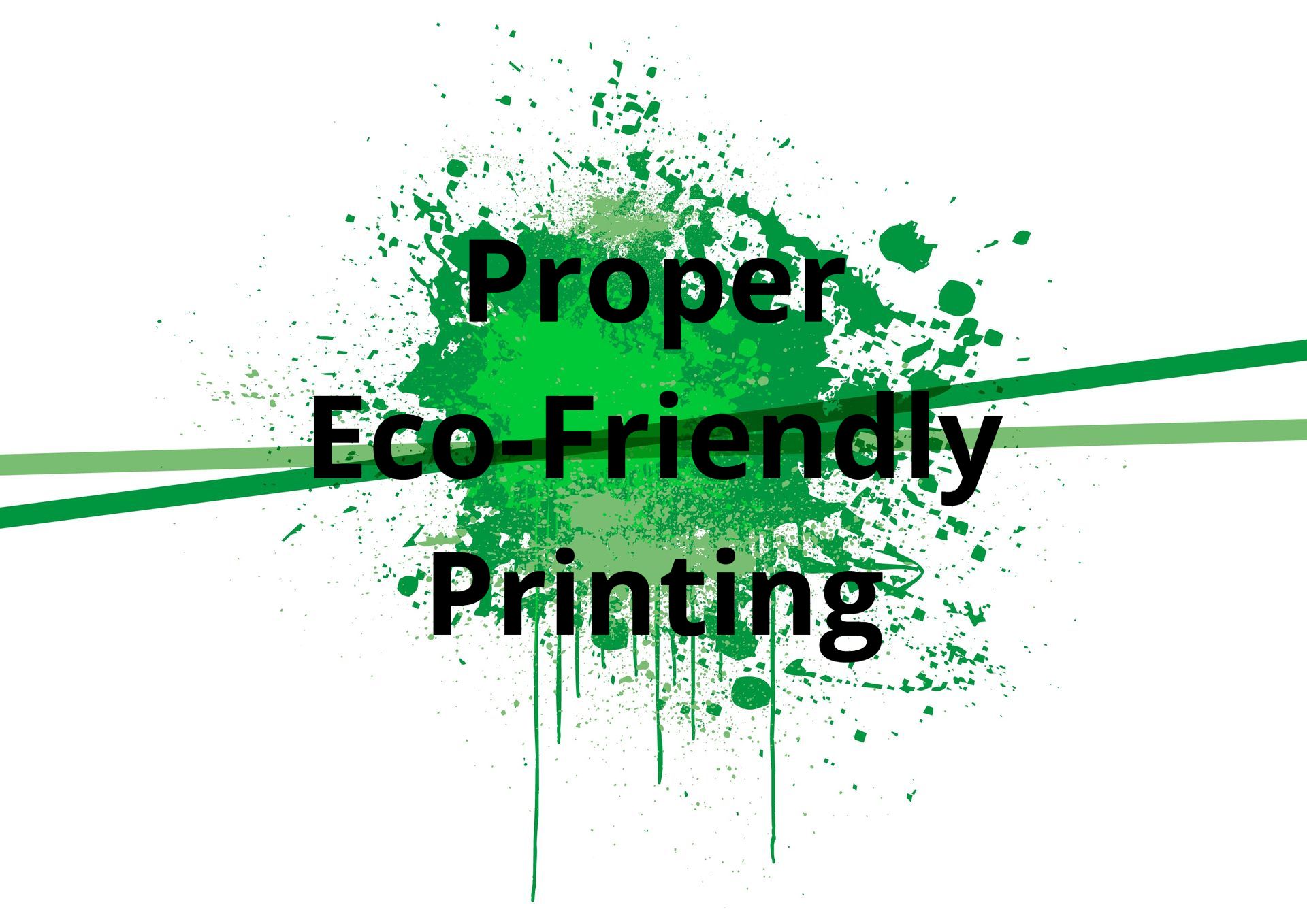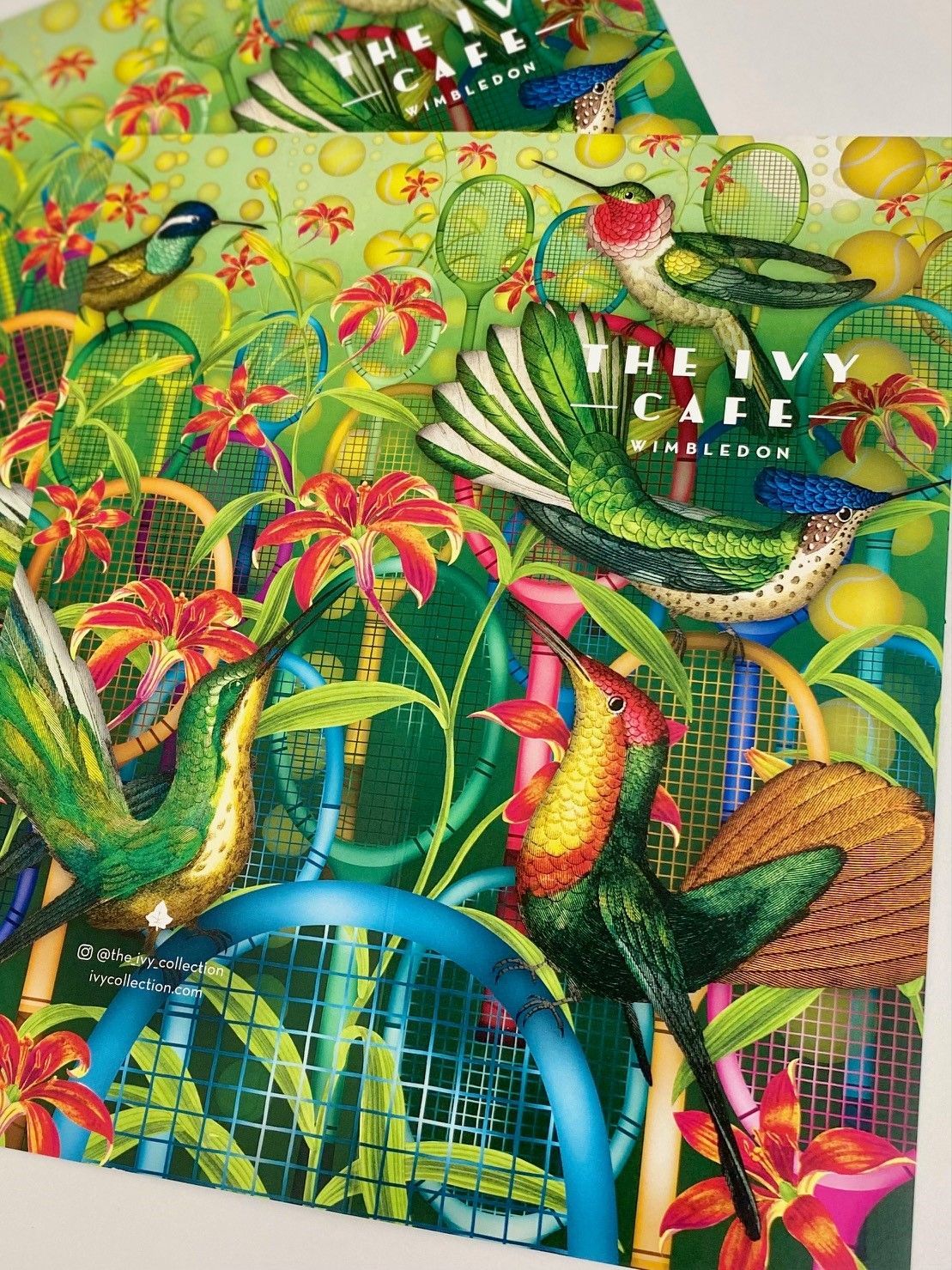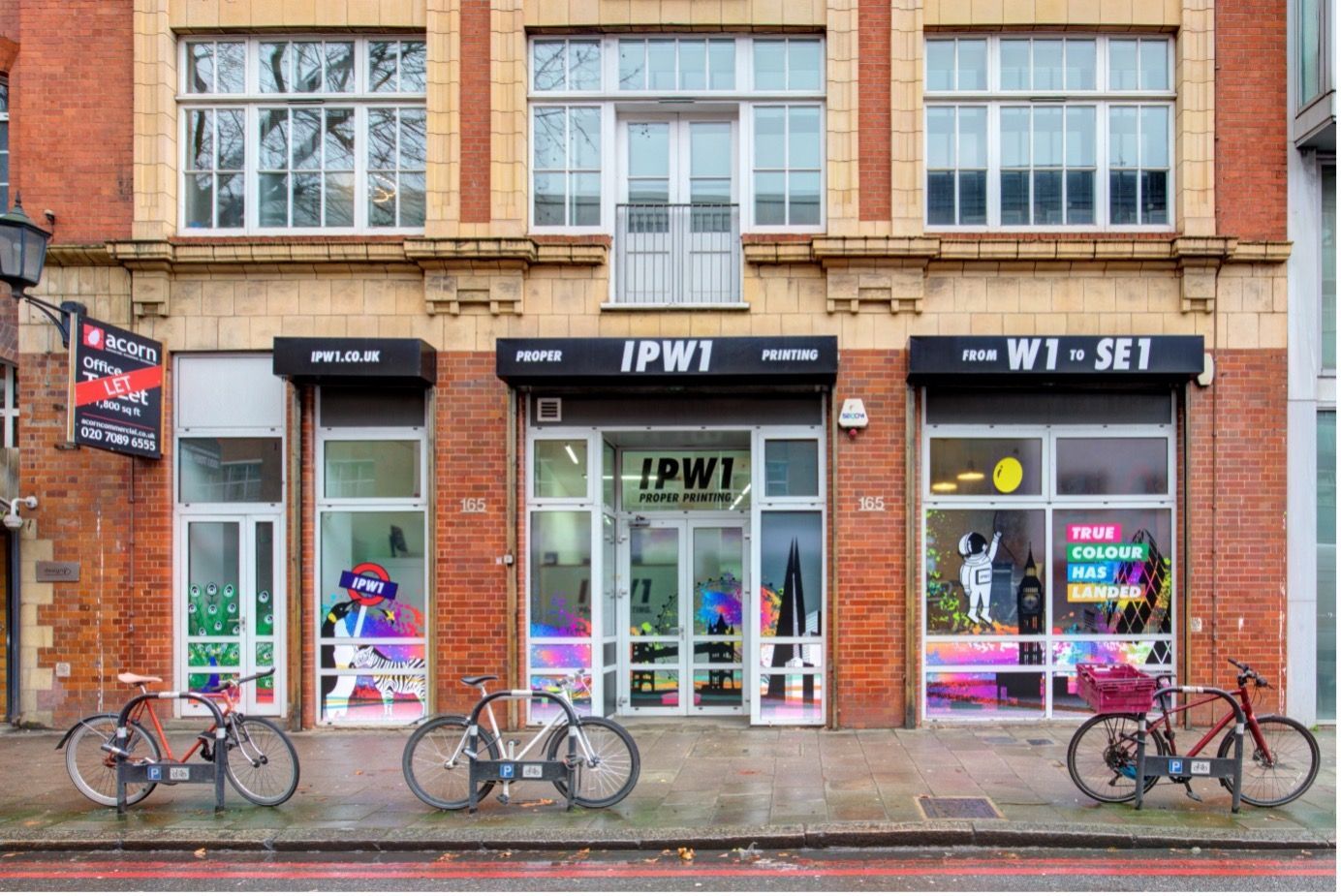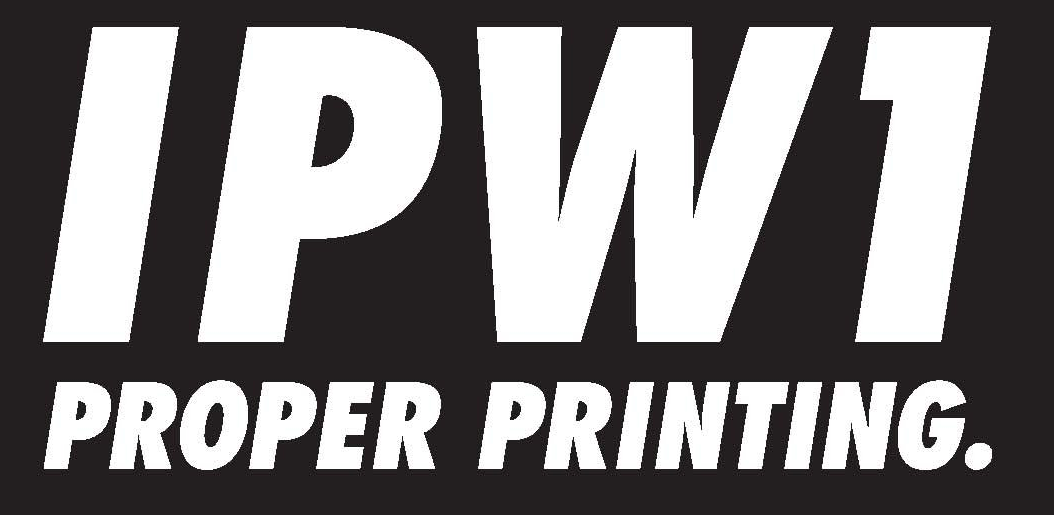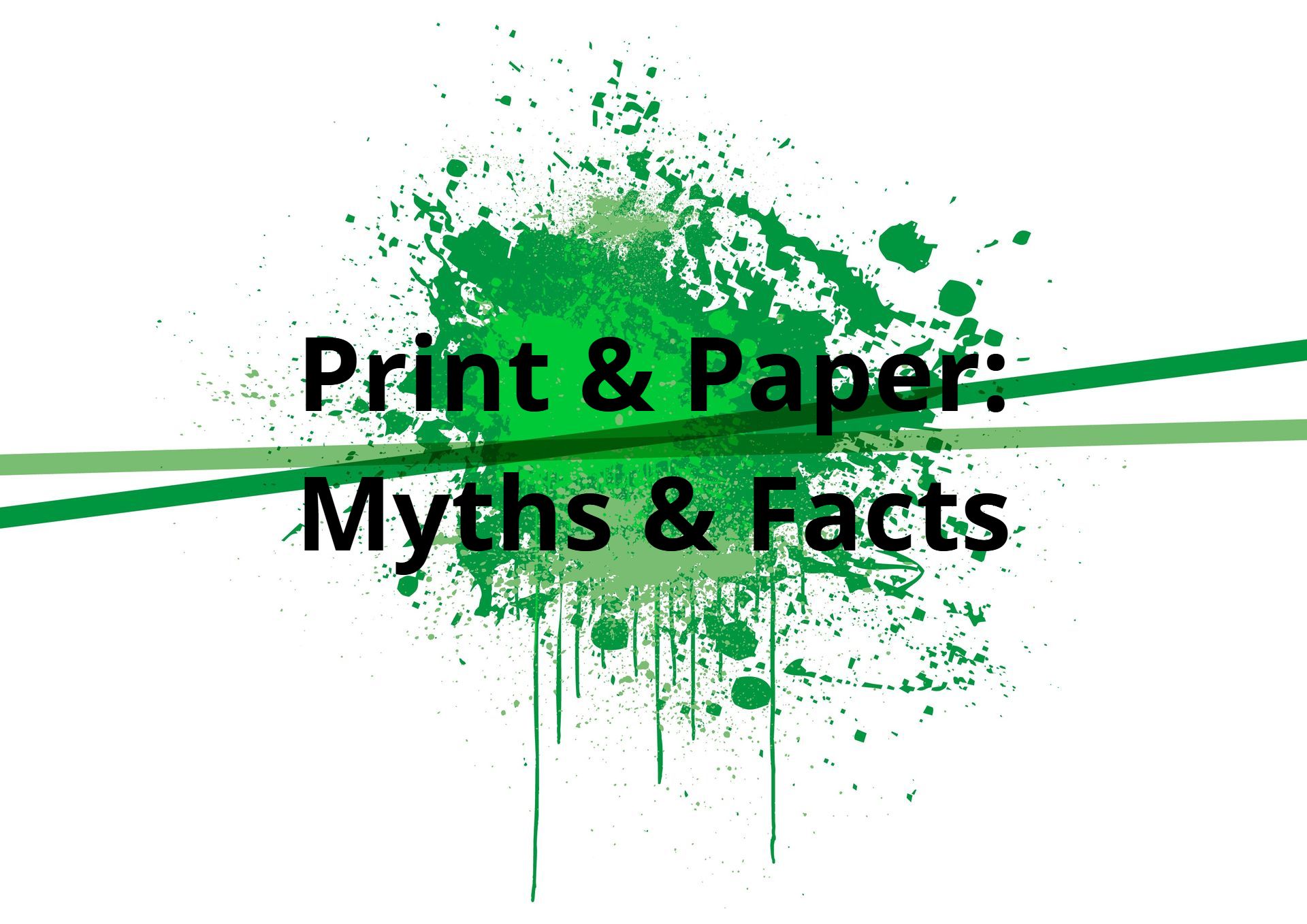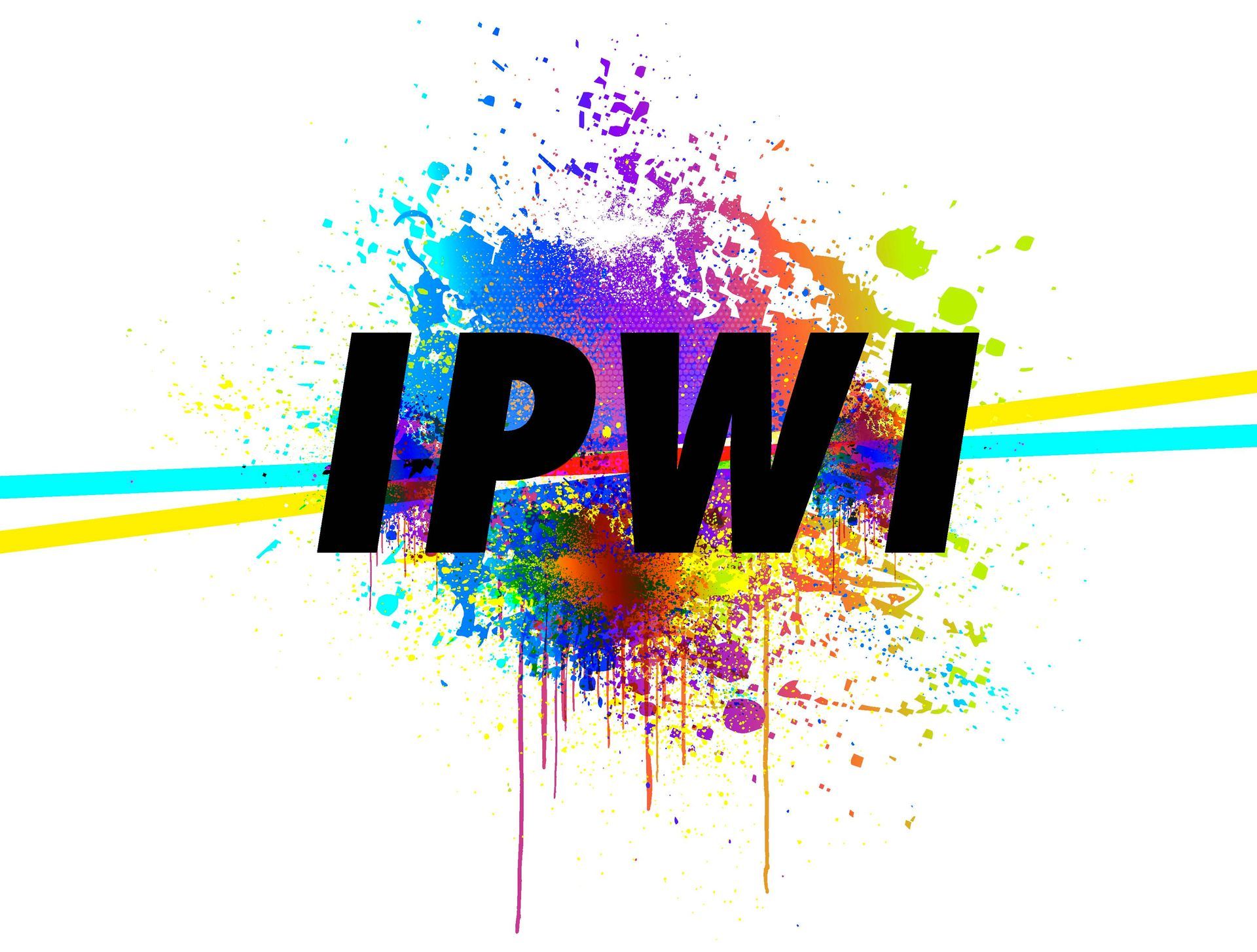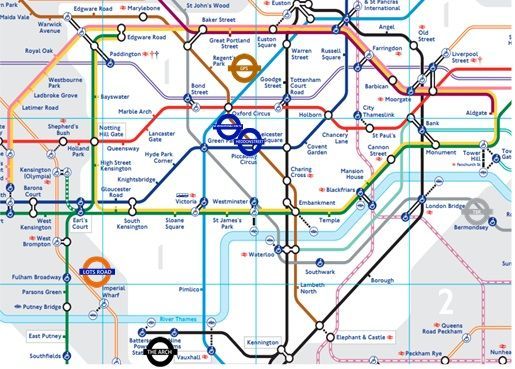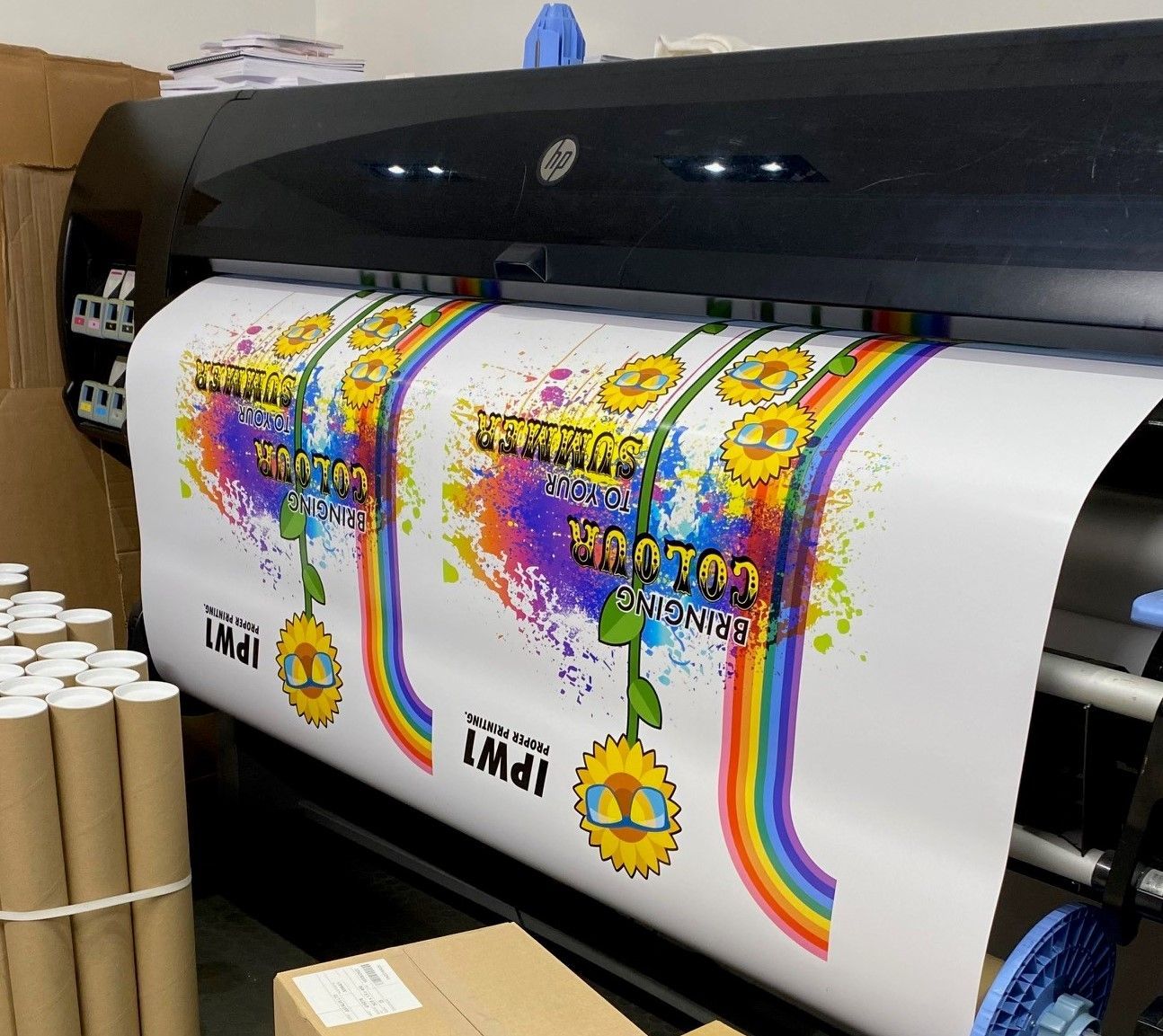Binding is the process of joining the outside covers of a document, fastening them together to create a spine.
It secures all the individual pieces of paper together and is vital for creating many professional documents for your business.
Whether you have a book, presentation, brochure, or university thesis that needs binding, IPW1 have a solution for you.Why Would I Need to Bind a Document?
There are two obvious reasons as to why you should want to bind a document.
The first is simply to protect and organise your documents.
If you have ever attempted to organise your correspondence using staples or plastic wallets, you will appreciate the frustration it can bring. Binding allows you to collate documents, particularly those relevant for business, presentations, or study. Having your work bound means that there is much less chance of the papers getting damaged, lost, or merely unorganised.
Secondly, binding enhances the appearance of your documents.
When you have put hours, or even days into working on a project, and see it finished with paperclips or bulldog clips, it can be extremely disheartening. A professional binding solution will elevate your document, which can be particularly beneficial for a higher education dissertation or thesis, or formal work presentation.
Saddle Stitch Binding
Saddle stitch binding is a popular method used for many magazines and brochures.
Folded sheets of paper are nested between each other, and two staples are attached through the fold, connecting the whole thing. These staples form the ‘stitch’, giving the technique its name.
Saddle stitch is a very common binding method for files that are produced monthly or quarterly, due to the flexibility that the technique offers.
Saddle stitching is a long-practised technique, and due to the low amount of material used in the process, it is one of the most environmentally friendly ways of printing.
Pros
- Cost-effective. Particularly useful for booklets with a short term shelf life.
- Very quick to produce. Your product can go from design to delivery extremely fast.
- Creates a very light document. The saddle stitch does not add much weight to your product, great for items that will be posted.
- Offers a tremendous amount of flexibility.
- All pages will open completely flat, meaning content is not lost in the margins.
Cons
- The spine cannot be printed on as it is not a flat surface.
- The page numbers must be a multiple of four.
- Cannot be used for books with many pages. The total number of pages will depend on the quality of the paper that you choose.
- Does not have the most polished finish.
Perfect Binding
Perfect binding uses an adhesive along the spine to tie the whole document together. It creates a crisp, clean, professional product— ideal for a wide range of documents spanning from reports and magazines to books.
Paperback books are a prime example of perfect binding. The method is extremely durable and relatively low cost. The binding process is suitable for publications up to those several inches thick.
The process of perfect binding first involves gathering all of the folded sheets, which will form the inside of the book. The edges of these sheets are then roughened, which enables the adhesive to work to its optimum.
The adhesive is then applied along these roughened edges, which are attached to the spine, with the cover being wrapped around the whole thing.
Generally, perfect binding is used for documents that are too heavy to accommodate saddle stitch binding.Pros
- Perfect binding is more cost-effective than hardcover options.
- Creates a flat spine that can be printed on.
- Gives a very stylish and professional finish.
- Many different paper types can be combined into one product.
Cons
- A margin is needed to prevent content being lost.
- Books will not lay flat on a table when they are open.
- Perfect binding is less durable than hardcover binding.
Comb Binding
Comb binding is a cost-effective and popular method for binding corporate documents such as client presentations and tenders.
As the name suggests, plastic comb binding uses a cylindrical plastic device along the length to hold the papers together.
The flexibility that comb binding offers makes them firm favourites in the corporate world. Pages can easily be added, removed, or reordered in the document. Meaning, the item can be reused multiple times. Dividers, headers, and extra markings can quickly be added, without the cost or stress of having the document reprinted.Pros
- Pages can be turned 360 degrees, making it perfect for presentations.
- The plastic combs come in a variety of colours – they can match the corporate theme easily.
- Pages can be quickly added and removed.
- Exceptionally cost-effective.
- Books will lay open flat without needing to be held.
Cons
- Not as durable as many other options.
- Does not have the most professional finish.
Wire Binding
Wire binding, sometimes known as spiral binding, is a popular method you will recognise from calendars and writing pads.
The wire binding method involves punching holes in the pages and then using a machine to clamp the C-shaped wire around them. Wire binding is common for corporate presentations and pitches. It allows users to easily leaf through the document, ideal for presentations packed with infographics.
Pros
- Wire binding is exceptionally durable.
- Inexpensive.
- Different paper types can easily be incorporated into one document.
- Wire binding allows for a large number of pages.
- Wires come in a variety of colours.
- Very quick to produce.
Cons
- Documents cannot be stacked on top of each other, due to the spiral.
- A margin needs to be added to every page, due to the space required for the holes.
- A gap is created when pages are open flat. Meaning, if a design runs across two pages, there will be space down the centre.
There is a vast range of binding options, ultimately depending on your needs, tastes and budget. Whether you are promoting your business, delivering an unbeatable pitch, or publishing a paperback, IPW1 has the binding solution for you.
Simply contact IPW1 on 020 7437 3200 or email us at hello@ipw1.co.uk
and start marketing your business today.
